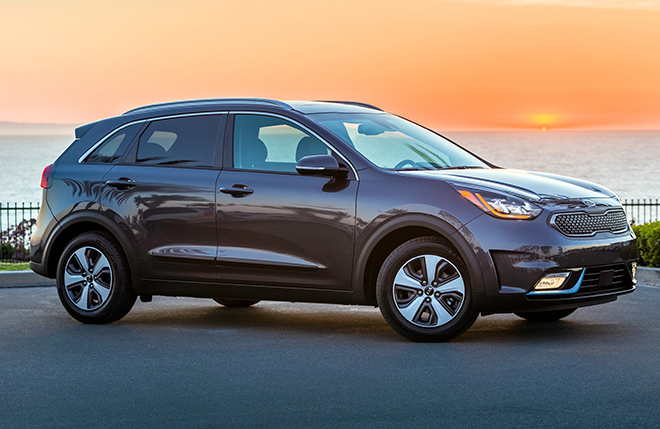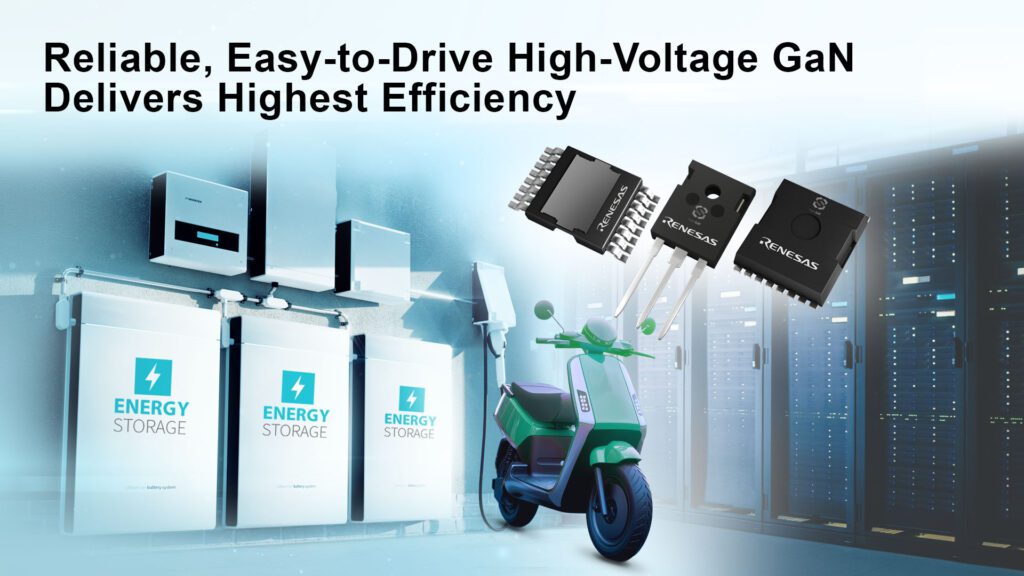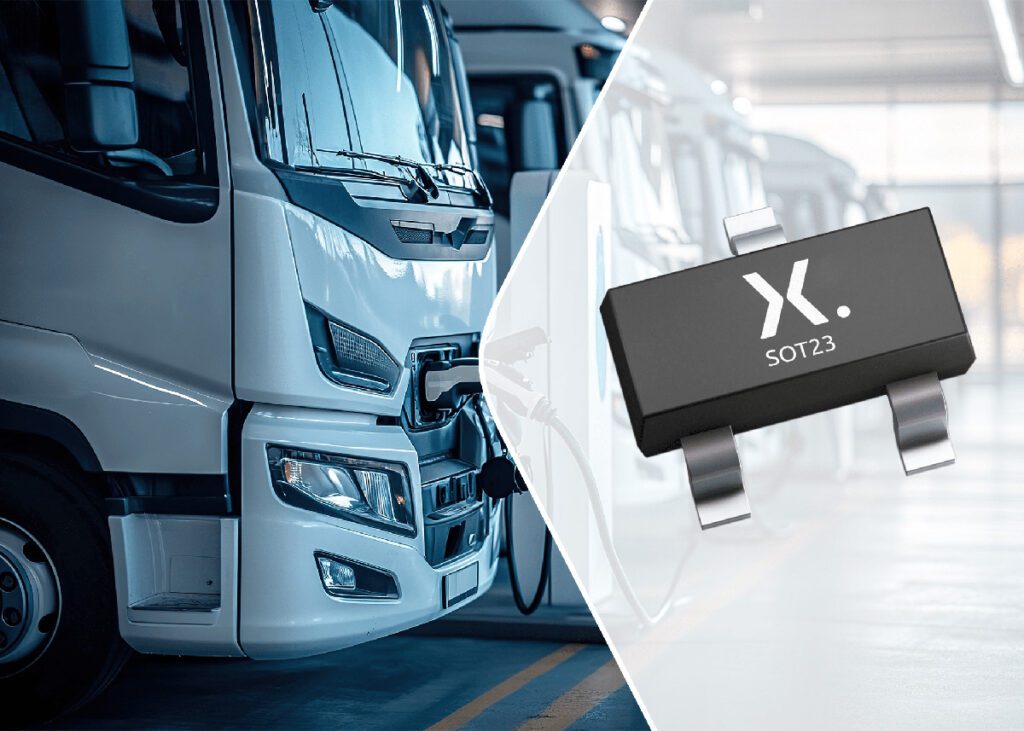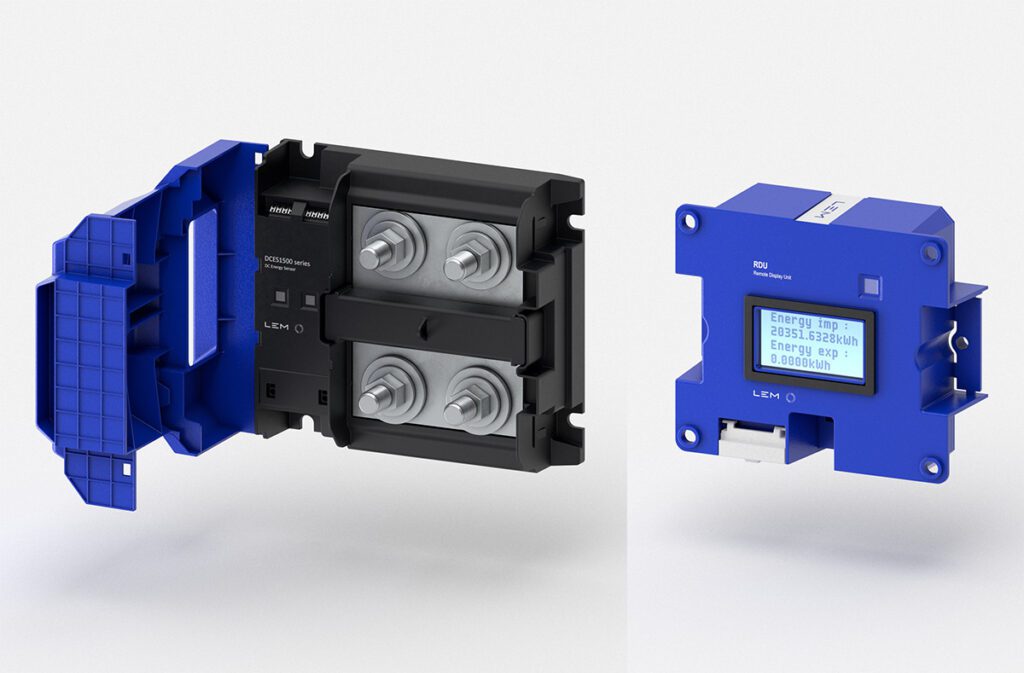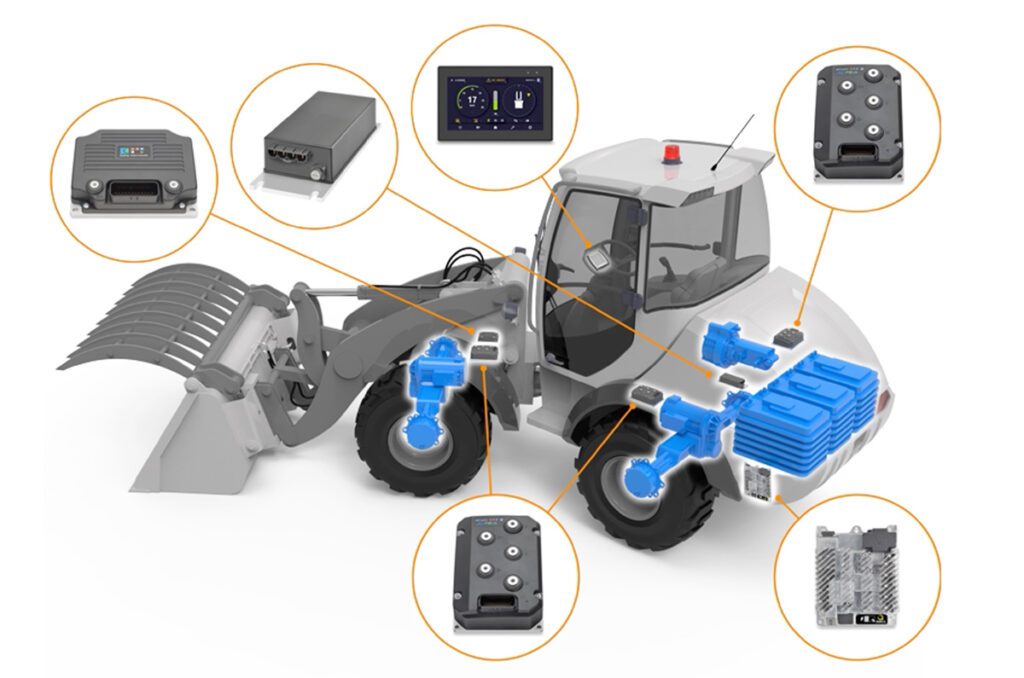Kia plans to pursue a “pick your powertrain” policy with the Niro. The hybrid version is now available in the US, and the PHEV version is available in select markets (a Florida dealer told us that it could be special-ordered). The EV version recently went on sale in Korea, and is to arrive in Europe at the end of 2018, and in North America in the first quarter of 2019.
I drove the Niro PHEV for a week, and found it to be a nice vehicle overall – it’s comfortable, it has adequate cargo space, and it handles smoothly. The loaded version I tested has all the latest gadgets, and they work fine. However, when it comes to acceleration, the Niro’s performance is markedly inferior to that of other PHEVs I’ve driven. One of the main thrills of driving a plug-in vehicle is that 0-30 mph instant-torque leap, and I seldom got to feel that with this car. Even in so-called EV Mode, the gas engine often kicks in even under gentle acceleration. Unlike most other hybrids and plug-ins, the Niro has a 6-speed dual-clutch transmission which is active under both electric and gas power. Shifting gears in electric mode ruins the zippy feel of an EV, and the transition from electric motor to gas engine is not very smooth. What’s worse, if you punch the pedal, the Niro PHEV sometimes accelerates for a second, then hesitates before noisily (but not very quickly) accelerating to highway speed.
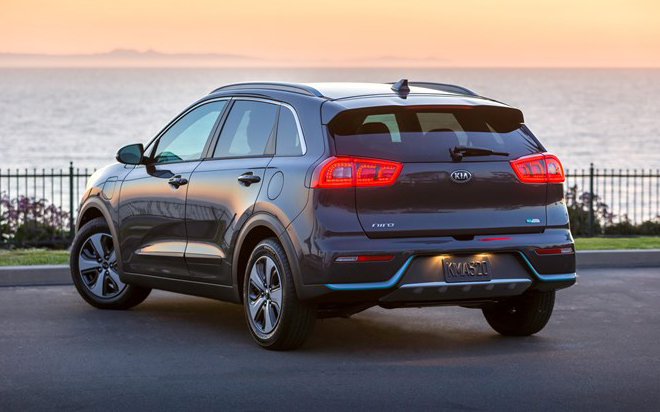
I was so disappointed with the performance, and especially with that jerky hesitation, that I wondered whether I had gotten a defective vehicle. Alas, other reviewers (with far more expertise in driving performance than I) noticed the same problems.
Car and Driver said, “It’s hard to keep the engine off. Requests for anything beyond mild acceleration will cause the engine to fire up,” and also noted the hesitation issue: “When the car is running in Hybrid mode and the battery enters its charge-sustaining mode, we noticed some surging and hiccups as the vehicle attempts to blend power from the gas engine and the electric motor.”
Edmunds gave the Niro PHEV 3 out of 5 stars for driving, and said, “The Niro’s biggest weakness is its everyday driving demeanor. It accelerates tepidly unless you floor it.”
“At times, we noticed a peculiar hesitation from the DCT that seemed to pop up occasionally from a standing start,” said Autotrader.
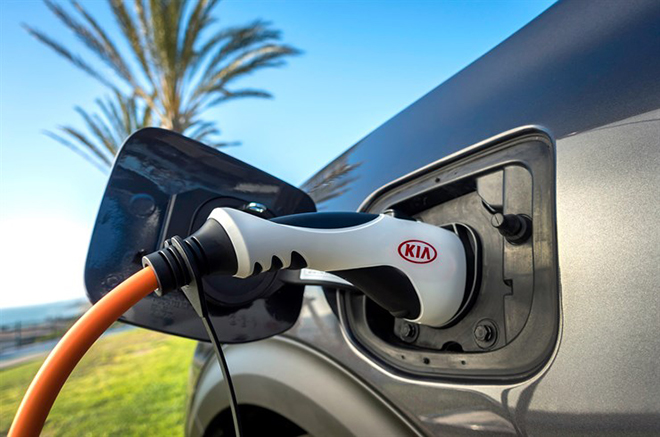
Oddly, Green Car Reports had a completely different experience: “Through the first 70 percent of pedal travel, if there’s any charge in the battery, it won’t start the engine. Even in Hybrid mode, the Niro runs a lot on electricity and won’t start the engine in the first 60 percent or more of accelerator-pedal travel if the battery has any reserve at all. Giving the go-pedal a swift, firm kick will start the gas engine, but it has to be a very firm kick. The car strongly favors using electricity.”
It does seem a bit odd that three reviewers, plus your favorite correspondent, had one experience and another reviewer had precisely the opposite. But as the saying goes, your results may vary, and that’s why a test drive is essential.
Most cars have a mix of nifty and annoying features, and I found the Kia Niro PHEV to be no exception. One thing I liked: when you adjust the lights or wipers, a little box pops up on the instrument display to show you what setting you’ve selected. Another wonderful feature: a seat cooler. Many cars have seat heaters, but as a Florida resident, I’ve often thought that seat coolers would be much more useful. This one works – after getting into a hot car and driving to work, the back of my shirt was only slightly damp, instead of soaked through as usual.
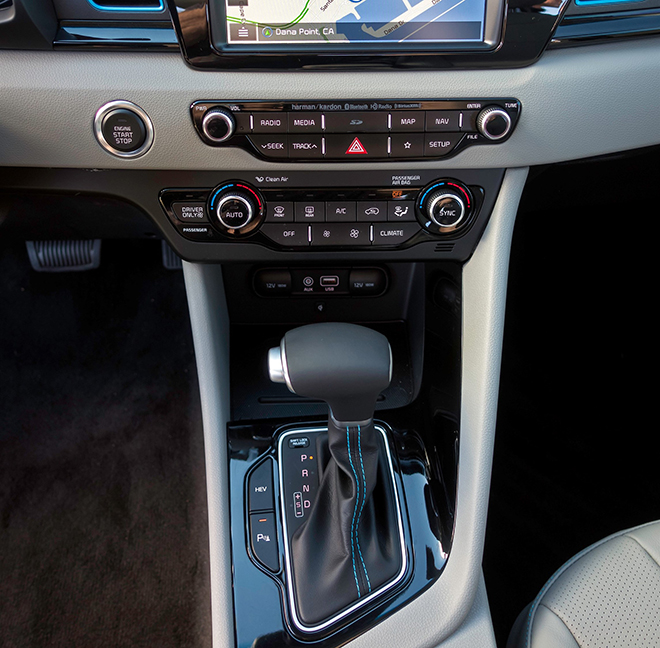
One thing I did not like: the shifter, a bulky stick located between the bucket seats. Is it just me, or is this an old-fashioned remnant of the days when the transmission was controlled by mechanical levers? Other plug-in vehicles find a small knob on the dashboard to be quite sufficient, so why waste such a large amount of premium real estate?
There are plenty of things to like about this vehicle, but it suffers in comparison to the Prius Prime. The two PHEVs have about the same electric range and about the same amount of cargo space (the Niro’s cargo area is a couple of inches wider, but a couple of inches shorter). However, the Toyota has substantially better fuel economy than the Kia (133 MPGe/54 MPG combined, compared to 105/46), and is actually priced a few dollars lower. In my subjective experience (see above), the driving performance of the Prius Prime is miles better (so is that of the larger Mitsubishi Outlander PHEV). My unfortunate conclusion is that there’s no reason to buy the Niro PHEV when the Prius Prime’s in the world.

Another important factor when considering any plug-in vehicle is the manufacturer’s commitment to electrification, and Kia is suspect in this department. The company’s EV efforts got a black eye in 2015 when a sales manager at a dealership told a potential customer not to buy a Soul EV, or any EV. The Niro PHEV has been on sale in the US since January, and monthly sales have yet to crack the 300 mark. Sales of Kia’s other plug-in, the Optima PHEV, have been negligible. Sadly, all three Kia plug-ins appear to be “compliance cars,” which are produced solely to comply with California ZEV regulations, and may well be discontinued after a couple of years. The Prius Prime, on the other hand, is the latest and greatest version of the world’s most successful hybrid vehicle (Toyota hybrid sales passed the 10-million mark back in 2017), and it’s currently the second best-selling plug-in vehicle in the US, with over 16,000 units sold year-to-date through July.
- Battery: 8.9 kWh
- Engine: 1.6 liters, 104 hp
- Motor: AC synchronous, 60 hp
- Fuel economy: 105 MPGe; 46 MPG combined
- Electric range: 26 miles
- MSRP: LX: $27,900; EX: $31,500; EX Premium: $34,500. Eligible for $ 4,543 federal tax credit.







